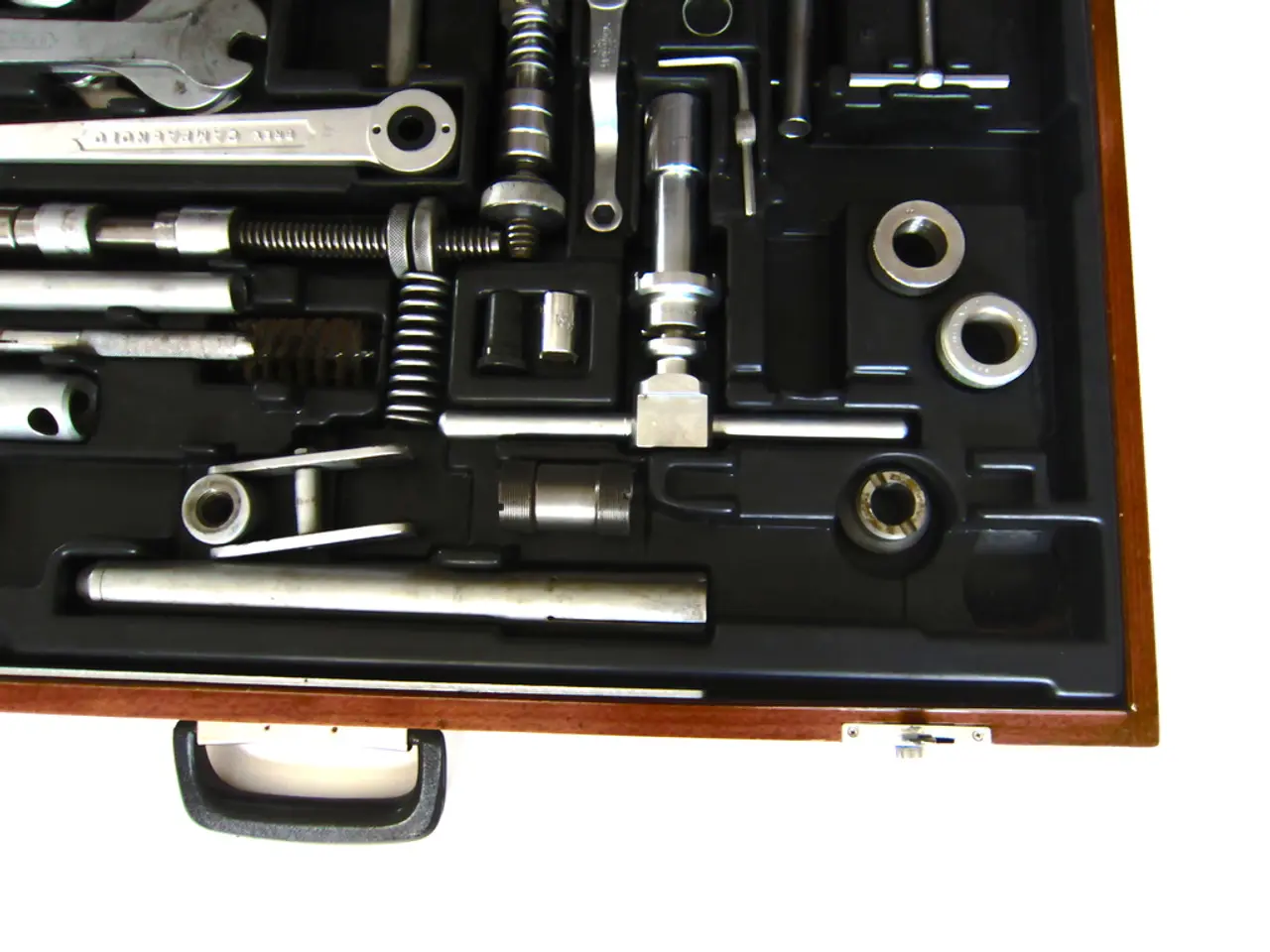Safe Bonsai Tool Sharpening: Methods and Injury Avoidance Strategies
Sharpening bonsai tools is an essential skill for any dedicated enthusiast, ensuring peak performance, preventing damage, and prolonging the lifespan of these valuable tools. Here's a step-by-step guide to help you master the art of bonsai tool sharpening.
The Importance of Whetstones
Using wet whetstones is the recommended technique for sharpening bonsai tools. Soak the whetstone in water for about 5 minutes before use, then place it on a non-slip mat for stability. Gently sharpen the blades by maintaining a consistent angle and using smooth, controlled strokes. This method works well for scissors, shears, and blade tools commonly used in bonsai care.
For finer edges like those on Japanese-style tools, grinding with a water-soaked whetstone is preferred, especially for blades with some curvature.
Safety Precautions
Ensuring a stable, non-slip working surface for the whetstone is crucial to prevent accidental slips. Always handle blades carefully, sharpening them away from your body to minimize injury risk. Use protective gloves or finger guards if available, especially when sharpening very sharp or small tools.
Regularly clean tools during use (e.g., with a brass brush) to maintain visibility and control. Store sharpened tools safely to avoid accidental cuts, employing blade covers or locks where possible.
Additional safety measures include cleaning blades with rubbing alcohol after use to prevent sap buildup and rust.
Maintenance Tips
A single versatile sharpening stone with varying grits can accommodate diverse blade geometries, ensuring a symphony of sharpness. Coarse stones (e.g., 220-400) are ideal for heavily dulled blades, while finer stones (e.g., 600-1000) are better for maintaining and honing already sharp blades.
Protective gear like cut-resistant gloves, safety glasses, and face masks can substantially minimize the risk of injuries during the sharpening process.
The sharpening angle and pressure must be adjusted according to the cutter type, taking into account the blade's material and intended use.
Additional Considerations
Regular cleaning and lubricating tools can help prevent corrosion and wear, making them last longer and perform better. Power sharpeners and grinders are not ideal for bonsai tools, as they can generate excessive heat, damaging tempering, and compromise the precision required for delicate bonsai work.
Different cutter types require distinct sharpening techniques to maintain their peak performance and prevent damage to both the tool and the bonsai tree. Left-handed bonsai enthusiasts can adapt by reversing their hand positioning and stroke direction for a comfortable and controlled sharpening experience.
Holding the tool and stone firmly, avoiding sudden movements, and keeping the sharpening area clean are essential for safe sharpening. A well-chosen sharpening stone is crucial for effective bonsai tool maintenance. Specialized sharpening guides can aid in achieving precise angles and uniform sharpening.
Inspecting tools for signs of wear, damage, or corrosion before sharpening is vital to prevent accidents and guarantee the longevity of tools.
By following these guidelines, you'll be well on your way to maintaining your bonsai tools in top condition, ensuring both the health of your trees and your own safety during the sharpening process.
Maintaining a sharp edge on your home-and-garden tools, including bonsai tools, is crucial for ensuring a proper lifestyle in gardening. Using a single versatile sharpening stone with varying grits can accommodate diverse blade geometries, ensuring a smooth and precise edge for all your gardening tasks.




